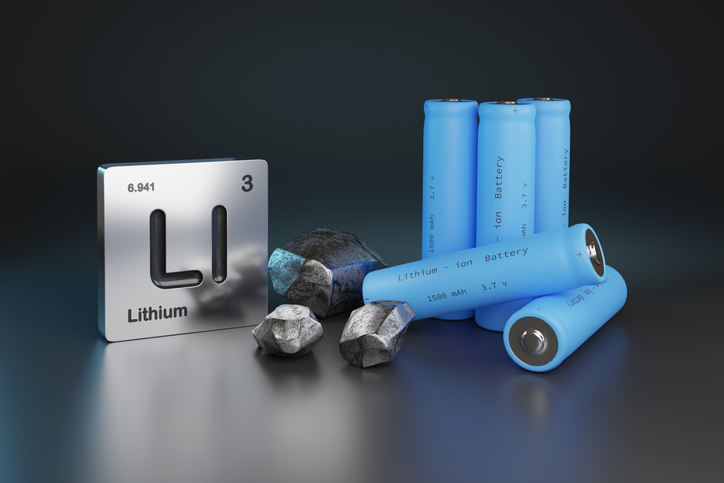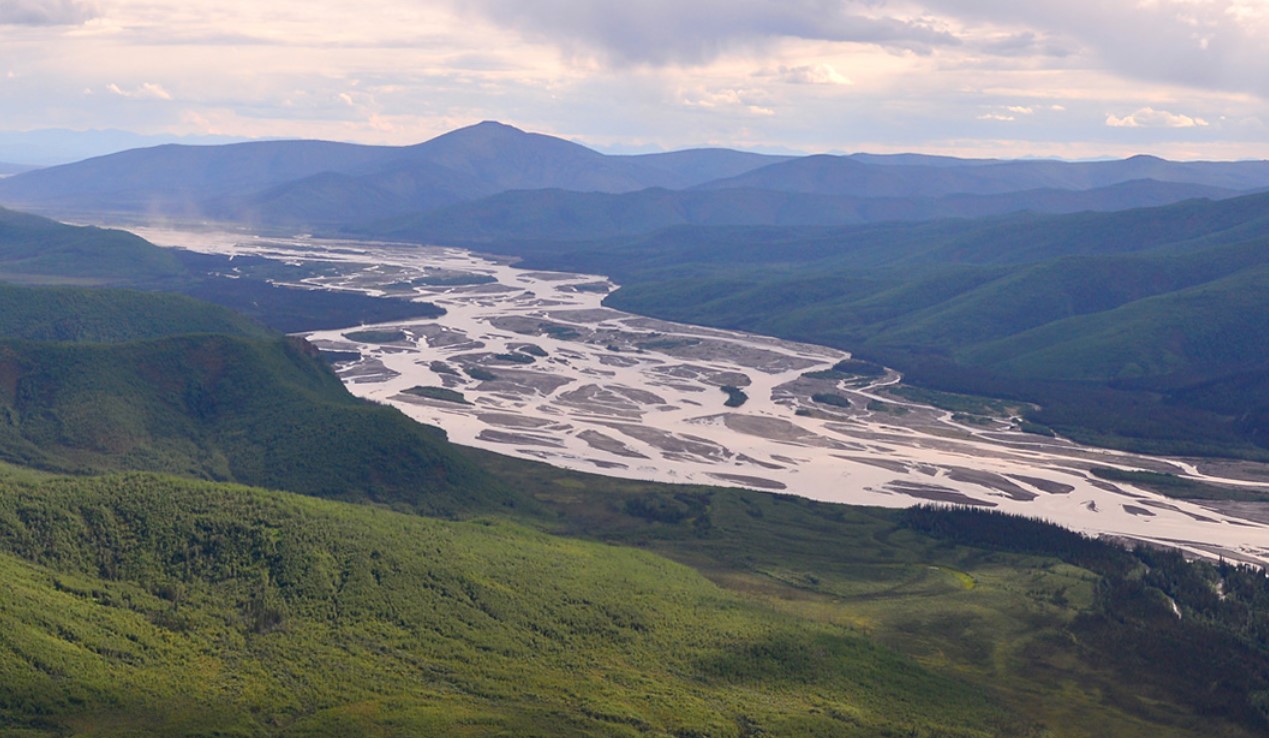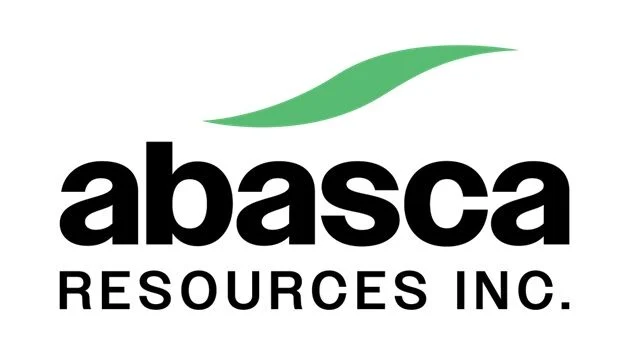Big and beautiful
Renard has the potential to yield some of the biggest and most valuable diamonds Canada has ever produced.
That’s a bold statement but it’s what Stornoway Diamonds Inc of North Vancouver has believed since the company started its Renard Diamond Project in central Quebec almost a decade-and-a-half ago.
Like the elusive minerals themselves, it’s been “hard” slugging at times to go from hunches and samples in 1996 to now, when the company says it’s on track to bring Quebec’s first diamond mine into production by 2015.
And Stornoway, like most determined Canadian mining companies, sees no reason why it won’t do it either because it has the financial resources in place but probably more important, it has continuing proof that the diamonds are there in abundance and have a coarse population.
In fact, the company filed a National Instrument 43-101 compliant technical report for the Preliminary Assessment at Renard in March 2010 that estimated the project to have the potential to produce approximately 30 million carats of diamonds over a 25-year mine life. Since that time the Company has bumped the resource up to 41 million carats (indicated and inferred) and is in the final stretch of the feasibility study due by end of September, 2011.
The feasibility study will be based on the portion of the resource in the indicated category (23.8 million carats), but also presented in the study will be the 17.5 million carats currently in the inferred category and the 23.5 to 48.5 million carats in the Potential Mineral Deposit category.
Shareholders are already delighted with this, but so too will be the workforce of about 300 people that Stornoway anticipates will be required to keep the mine running at an average operating cost of approximately $67 million per year.
From a geological perspective, the deposit lies within the 68,158 hectare Foxtrot Property surrounding the Otish Mountains. The Renard cluster is associated with the Otish kimberlitic volcanic event. Nine kimberlite pipes and a handful of dikes have been identified over an area of 2 km2 within the cluster. The Renard pipes 1 to 10 are spaced at a distance of 50m to 500m and the pipes are egg-shaped, irregular with areas of 0.3ha to 1.5ha.
The rocks found across the bodies or on the periphery are late-stage intrusions (age date at 640 million years) that are characterized by large amounts of disseminated calcite, olivine macrocrysts and less than 15% by volume crustal xenoliths.
In the eastern, northern and southern sides the project area is surrounded by Proterozoic rocks of the Labrador Fold Belt, the Cape Smith Fold Belt and the Grenville Province, respectively.
The entire area, located approximately 250 km north of the Cree community of Mistissini and 350 km north of Chibougamau in the James Bay region of North-Central Quebec, is hosted by minor linear belts of east-west or west-north-west trending supracrustal metavolcanic rocks.
Stornoway has recently confirmed that the Bankable Feasibility Study and the Environmental and Social Assessment Study are on track for delivery in the 3rd quarter of 2011.
The new mine plan will focus initially on the high grade Renard 2 and Renard 3 pipes in a combined open pit/underground plan utilizing blast hole shrink-stoppage with backfill from the pit.
The processing capacity will be rated at 6,000 tonnes per day (2.1m tonnes/a) at 70% plant utilization with an expansion capacity to 7,000 tpd after ramp up.
As mentioned above, the study will be based on a Mineral Reserve derived from the Indicated Mineral Resources in Renards 2, 3 and 4 only, and will therefore have a shorter minelife (~12 years). An accompanying longer term business plan will address the mining of the Inferred Mineral Resources and Potential Mineral Deposit in Renards 2, 3, 4, 9 and 65.
The mine design will contemplate 100 mtonnes of kimberlite tailings which gives a view into the company’s faith that the Inferred resources and the Potential Mineral Deposit will eventually be brought into the mine plan.
Further details on the processing are currently only available in the March 2010 study, but state that primary and secondary crushing will be carried out in a jaw crusher, followed by cone crushing to produce -75mm sized plant feed. Ore preparation through high pressure grinding rolls (HPGR) will feed the locked diamonds.
De-agglomeration and sizing of the HPGR product will be done using a rotary scrubber and vibrating screens. Through scrubbing and screening, clean materials will be produced that are suitable for additional size reduction, dense media separation (DMS) and fines disposal.
Washed and sized feed will be separated on the basis of density into diamond-bearing concentrate and a reject stream. The diamond concentrate will then be returned to the diamond recovery plant and approximately -4mm diamonds and +4mm luminescent diamonds will be recovered using grease technology and X-ray, respectively.
The processing system will allow recovery of at least 96% by weight of all feed diamonds that are more than 1mm.
Statistics suggest that the coarse nature of the Renard diamond population has the potential to produce three to six 50-100 carat stones and one to two +100ct stones every 100,000 carats. Design of the processing facility will take special care in the initial crushing stages to ensure recovery of these “special” stones.
Once in production, Stornoway’s Renard Diamond Project is predicted to produce 2 million carats per year at a current modeled average diamond price of $182 US/carat, easily making it one of the best new diamond development stories in the world and a welcome addition to one of the better mining jurisdictions on the planet as well.





Comments